After Years Shaping Brooklyn, Architect Fred Bland Leaves LPC
Fellow LPC commissioners praised Bland, who has served on the boards of many important Brooklyn institutions as well as the Landmarks Preservation Commission.

Fred Bland, center right, at an LPC hearing. Photo via LPC/Facebook
After 17 years and 640 public hearings, architect and Brooklyn Heights resident Frederick A. Bland has stepped down as the New York City Landmarks Preservation Commission’s longest-serving panel member and offered parting advice to fellow commissioners.
Of all the landmarks that need protection in New York City, Bland said at the panel’s July 15 meeting, the hardest buildings to save for future generations will be churches and other structures built for religious purposes.
He suggested that commissioners consider relaxing their standards for preserving ecclesiastical buildings if they want to preserve them at all.
“I want to suggest to the commission, but to the city really, that the most difficult aspect that the commission will face, has faced, is facing now, and will face for the foreseeable future, is this issue of religious architecture in the city,” he warned.
Like it or not, the city “has decreasing needs for these extraordinary, extraordinary buildings, many of which but not all of which are landmarked,” he said. “This is a challenge which the city itself has to deal with, but the landmarks commission will certainly be at the center of it — and very soon, very prominently, as we all know, past my time on the commission.”
Bland noted that the commission has reviewed plans for altering numerous landmark churches in the city – sometimes for continued use as places of worship and sometimes for other uses, such as housing.
“We have had a long history and should continue that history, maybe even being more relaxed sometimes about how we allow change for these buildings to occur,” in ways that allow them to be reused, he said.
Bland made his comments as the fate of one city landmark, West Park Presbyterian Church at 165 West 86th Street in Manhattan, is in the news after a performing arts-oriented tenant, The Center at West Park, received an eviction notice. The building’s owner wants to raze the building to make way for upscale residences and the arts center fought to stay, but courts have ruled that it doesn’t have an active lease. In July, the leader of the arts center announced plans to vacate the 130-year-old church and continue programming elsewhere.
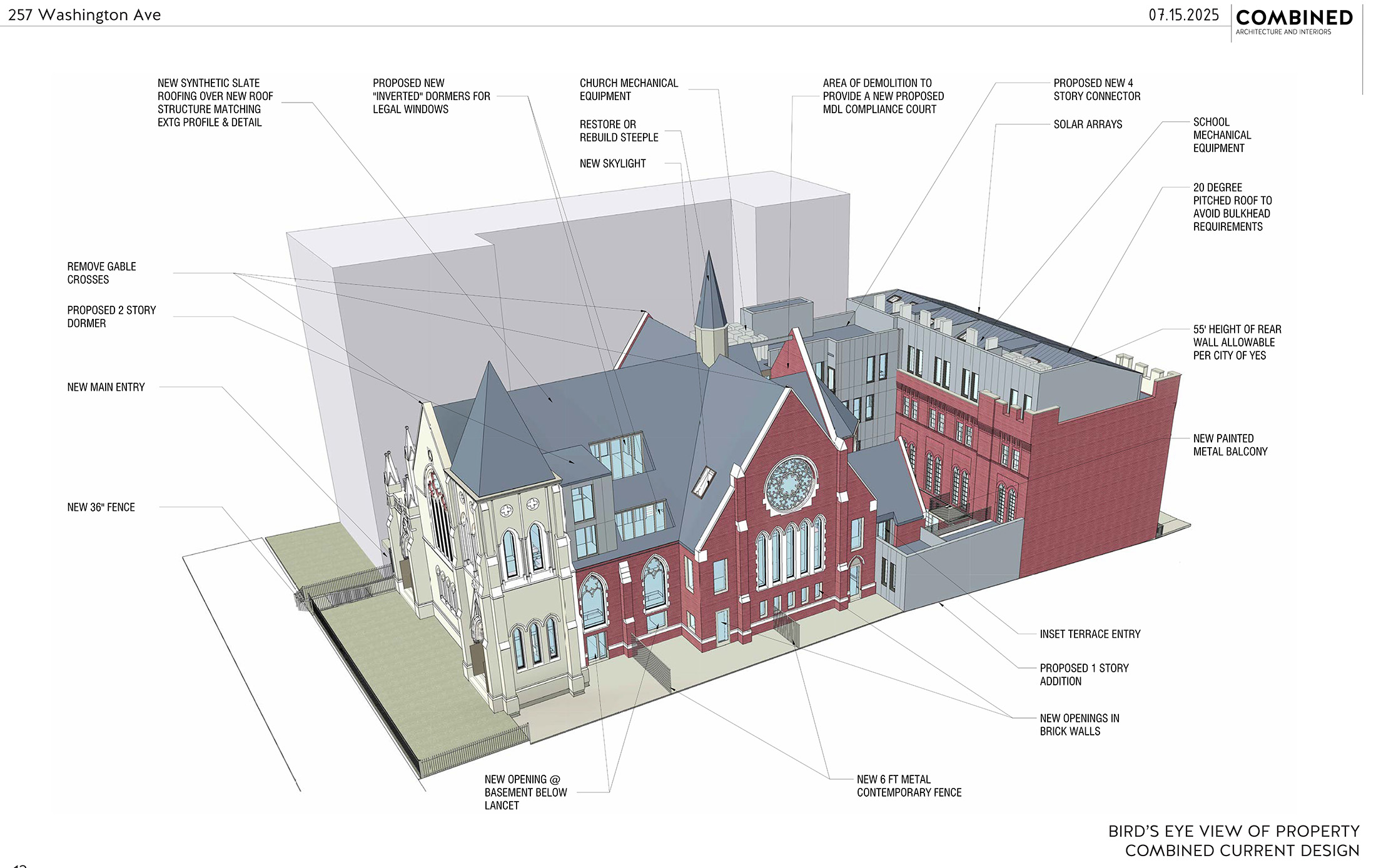
At its July 15 meeting, the panel had just reviewed an application from a group that wants to convert a former church property at 257-263 Washington Avenue in the Clinton Hill historic district to multi-family housing by altering both the main church building, which dates from 1894, and a 1924 parish hall at 230-236 Hall Street. The fate of the church’s stained-glass windows was one discussion topic. The commission approved the adaptive reuse plan by a vote of 10 to 0.
Bland likened the task of reviewing plans for modifying church buildings to the task of reviewing plans for new construction in Manhattan’s Meatpacking District, an area where buildings constructed for one purpose more than 100 years ago aren’t needed for that purpose today but the land is more valuable than ever. In some instances, including the case of a nine-story office building at the intersection of 9th Avenue and West 14th Street, the commission has relaxed its standards for what it considers appropriate in that area in order to allow a project to proceed.
“The Meatpacking District, I think we all acknowledge, allows more freedom in terms of what we might view is appropriate,” Bland said. “I think that needs to be continued with religious architecture. We might not allow certain things in other examples, but on these buildings I think we really need to, to be sure that we don’t lose them…They’re too important to our city to lose them and there are too many of them everywhere. Almost every block has some important building that is a problem.”
Changing subjects, Bland talked about the most difficult buildings he’s ever had to design.
“In a career that now is over 50 years old…I’ve designed many, many, many new buildings from scratch, and many, many, many adaptive reuse buildings,” he said. “I just want to acknowledge that for me the most difficult ones — the ones that challenge your intellect, the ones that challenge every facet of what you do as a designer – are the adaptive reuse ones.”
“New buildings are great, you know — it’s a theme, you do it, there are structural issues, there are all sorts of exciting things, of course, in a new building,” he continued. “But to adaptively reuse a building requires such skill and a conversation with yourself as a designer. Would I do this or would I do that? What’s appropriate? It’s a very exacting and a very difficult thing to pull off well. And when it’s pulled off well, some of the most, I would say the most exciting architecture exists right now when combining new and old. At least that’s my view.”
Bland is a partner emeritus of Beyer Blinder Belle Architects and Planners, a New York City based firm that was founded in 1968 and is known for its work on preservation-oriented projects such as the TWA Flight Center at JFK International Airport and the restoration of New York City Hall. Bland joined the firm in 1972 and in 1978 became the first partner besides the founders. He became a Fellow of the American Institute of Architects in 1993 and Managing Partner of the firm in 2004, a position he held until 2021.
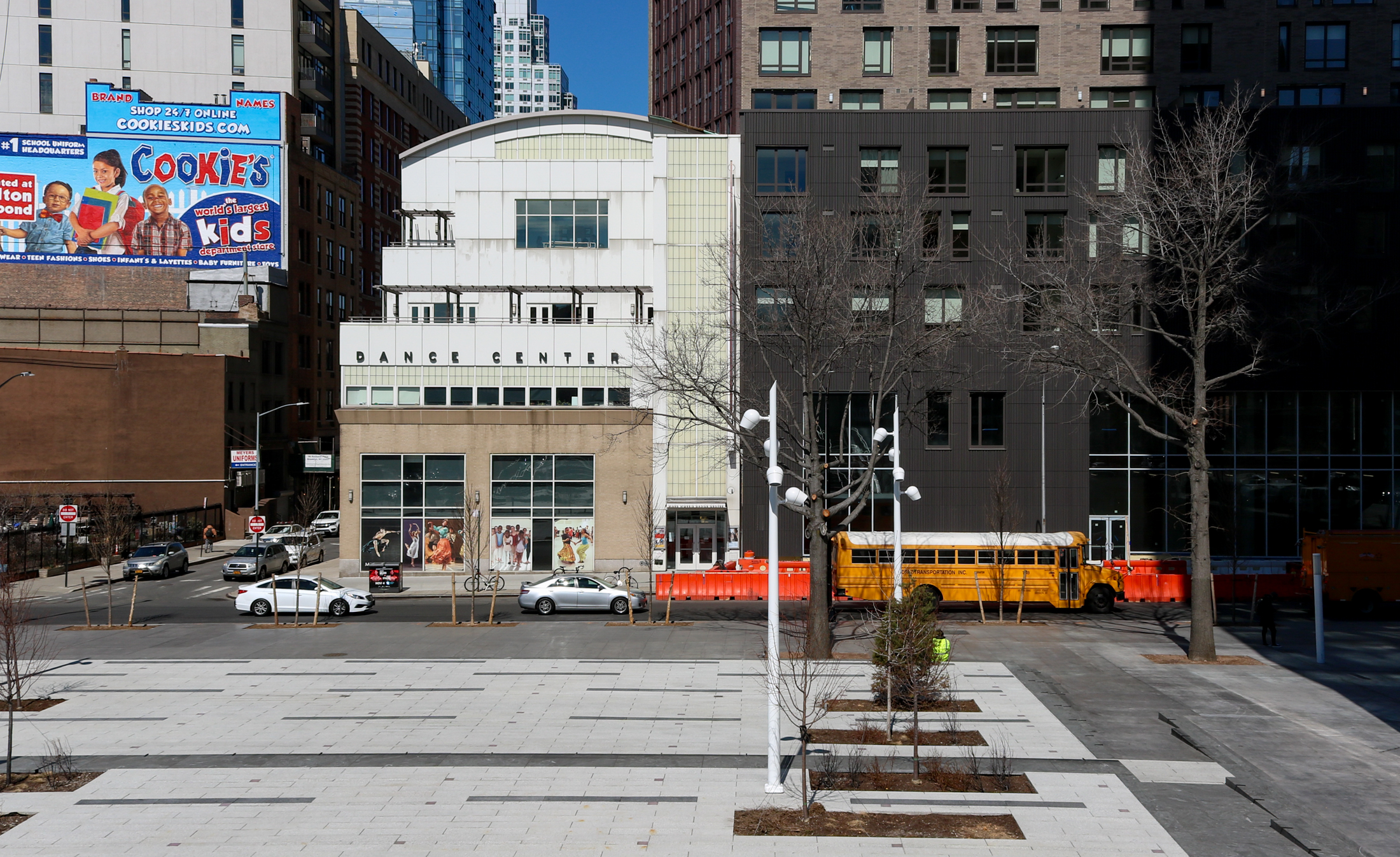
According to Beyer Blinder Belle, Bland has directed nearly 100 residential, cultural, and educational projects, including many for the Episcopal church. Others include a master plan for the University at Buffalo; the renovation of the Union Depot and a new multi-modal transportation center in St. Paul, Minnesota.; the consolidation of Manhattan’s General Theological Seminary; and new buildings for the Mark Morris Dance Center in Fort Greene, the Muhammad Ali Center in Louisville, Kentucky, and the Shanghai Cultural Center in China.
Bland is the longest-serving chair of the Brooklyn Botanic Garden (2007 to 2017); a former member of the Vestry of Trinity Church Wall Street (2004 to 2018); a former board member of the Brooklyn Historical Society; past President of the Brooklyn Heights Association, and the current board chair of Evergreens Cemetery in Brooklyn. He earned his master’s and bachelor’s degrees in architecture at Yale University. For 30 years he was an adjunct professor in New York University’s Department of Art History, Urban Design and Architecture Studies.
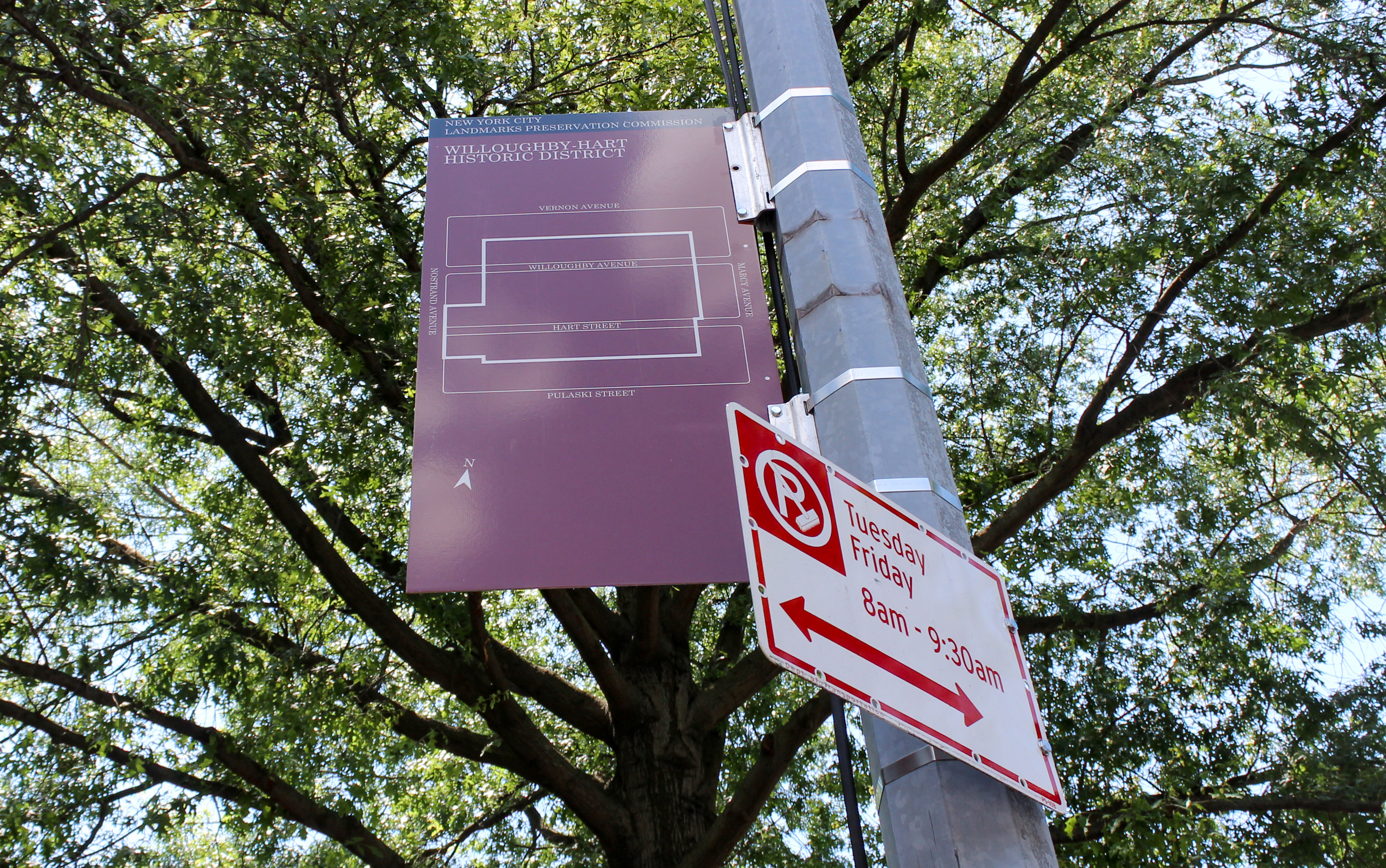
Bland joined the LPC in 2008, when Michael Bloomberg was mayor, and has been the panel’s vice chair since 2017. For part of 2018, he served as interim chair, after Meenakshi Srinivasan resigned and before Sarah Carroll was appointed to replace her. During the panel’s deliberation sessions, he was often the first commissioner to give his opinion, setting the tone for others before they voted on whether to approve a proposed design.
Bland was required to step down after he sold his townhouse in Brooklyn Heights and established his primary residence in Connecticut. To serve on the panel, commissioners must be New York City residents. Bland opened the LPC meeting on July 15 by stating that it would be his last one as a panel member and welcoming a new commissioner, Frank Mahan. “Out with the old, in with the new,” he said.
Commissioners and staffers toasted Bland for his years of service.
“It is with tremendous gratitude that we say goodbye today to Vice Chair Fred Bland, who is leaving the Commission after 17 years of service to the agency and the city,” the agency said in a post on social media. “Commissioner Bland brought an astonishing breadth of experience in historic restoration and renovation to his time at LPC…In hearing after hearing, he brought that expertise to bear, lending a skilled eye and thoughtful voice to Commissioner deliberations.”
During the public session, commissioners praised Bland for his contributions to the city as an architect and a member of boards and commissions.
“I want to personally thank him and on behalf of the city and all the communities that he served,” said commissioner Wellington Chen. “What a brilliant career.”
Chen said he agreed with Bland’s thoughts about saving historic churches.
“I’m looking at churches left and right,” he said. “I go up to Harlem. I see churches being adaptively reused.”
At the same time, Chen said, “many of them are sitting there vacant and declining…They have dwindling membership.” In one case, the cost to repair a church’s roof is $4 million, he lamented: “Just to keep the rooftop…We’ve got a serious issue here.”
Adaptive reuse is an important preservation tool for all kinds of buildings but “it’s really critical as we think about religious buildings that have declining congregations,” said Carroll, the LPC Chair.
On a personal note, Carroll said, she has fond memories of Bland coming to the commission as an applicant “and learning so much from you then about architecture and your approach to embracing contemporary architecture within historic contexts and how to make that contextual. I think that you have taught so many of us here along the way. We’re grown and learned from you and you brought your expertise, not to mention your expertise with historic district advocacy…You really contributed to the commission’s work.”
Commissioner Mahan thanked Bland for “inspiring others with your decades of distinguished public service.”
Panel member Angie Master said she values Bland’s perspective.
“One of the things I look forward to when I come here is your stories and how you share your wisdom,” she said. “You have such a generosity of spirit. You have taught me so much and I’m really going to miss you.”
Related Stories
- Fred Bland Will Head the Landmarks Preservation Commission — for Now
- The Restful Beauty of the Cemetery of the Evergreens
- Proposed Build Too Big for Historic Bed Stuy Block, Landmarks Tells Architect
Email tips@brownstoner.com with further comments, questions or tips. Follow Brownstoner on X and Instagram, and like us on Facebook.

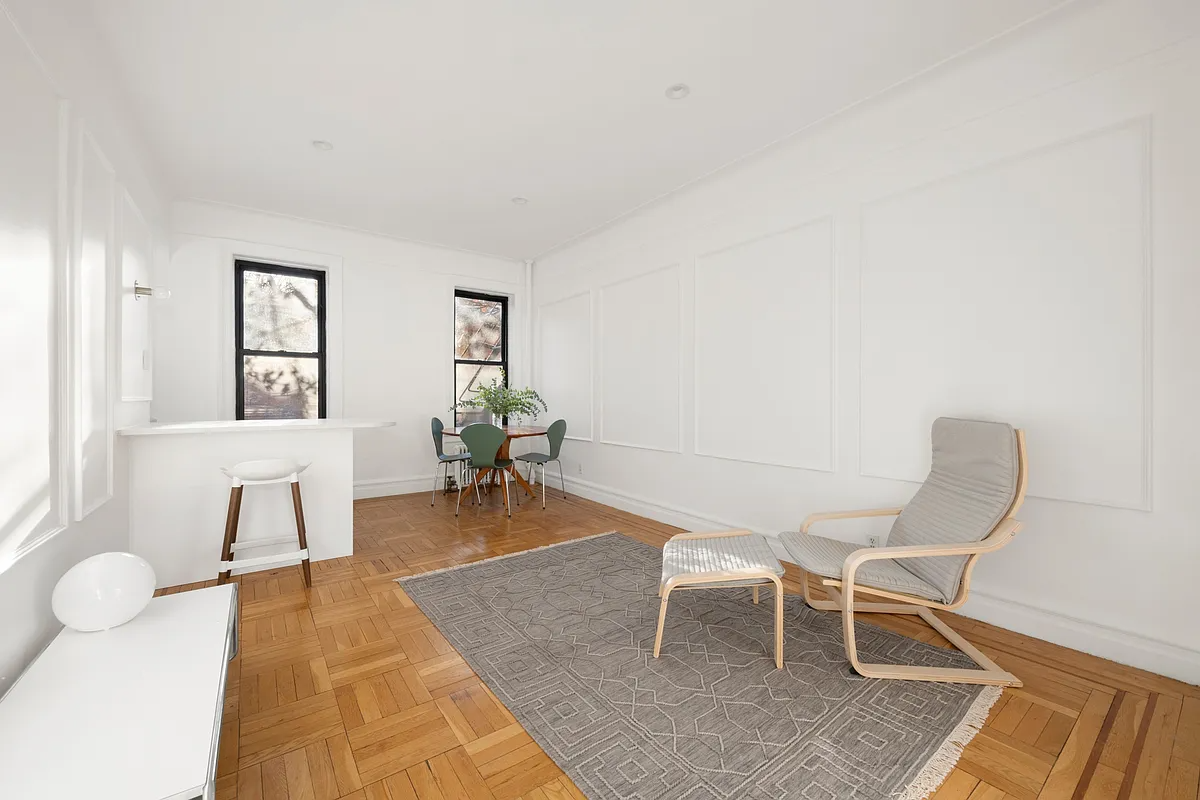

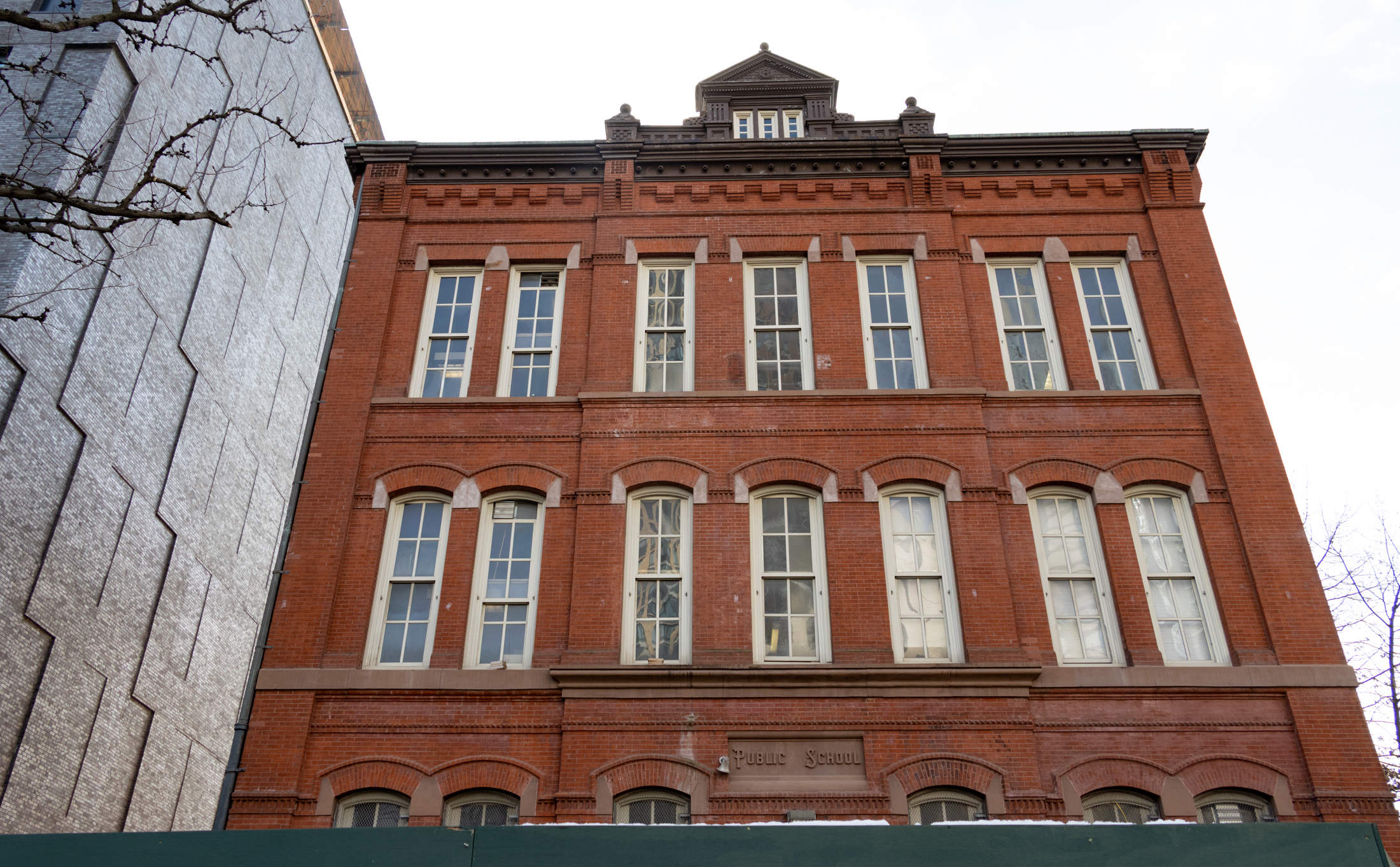
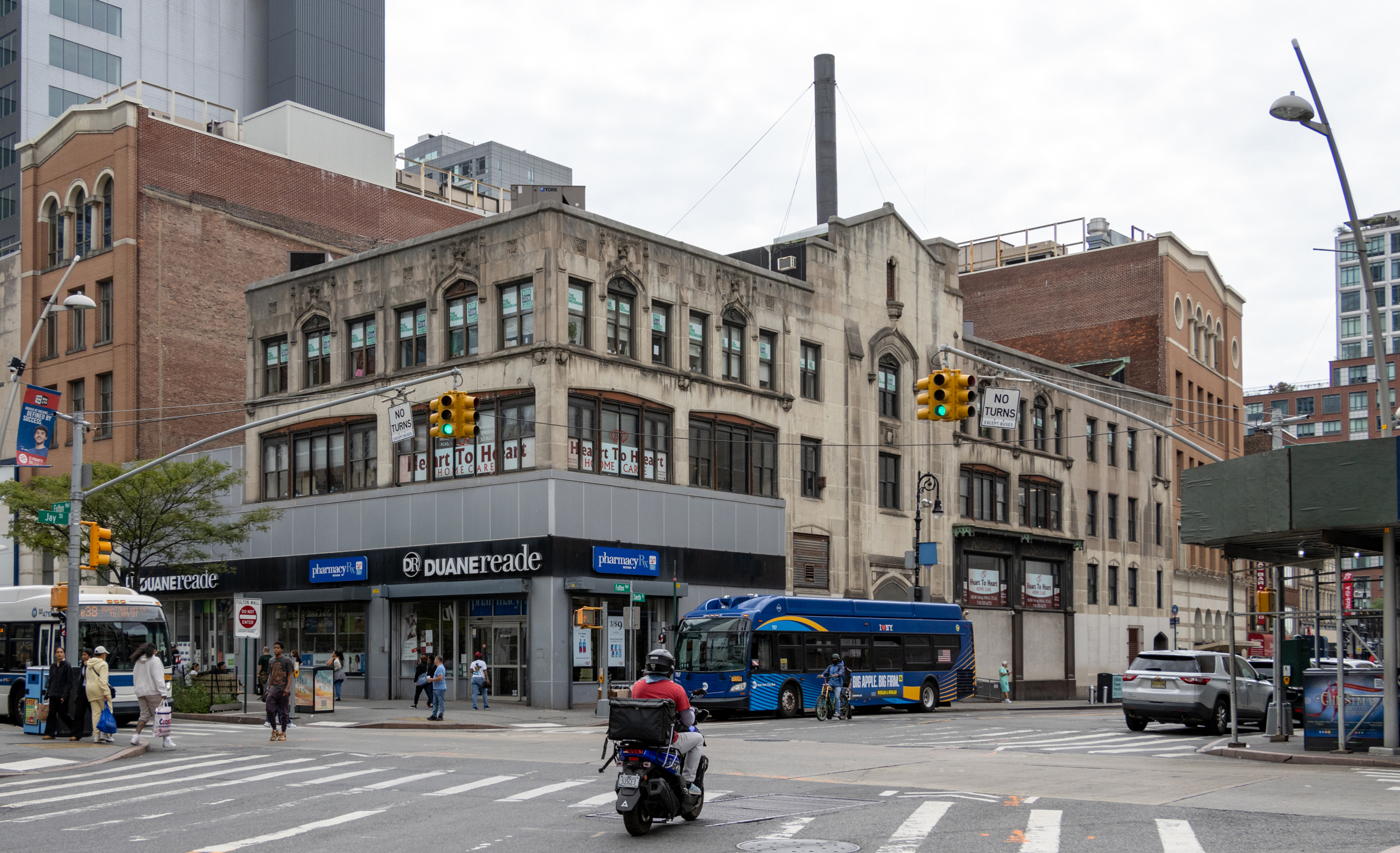
What's Your Take? Leave a Comment